The hidden reason your morning brew is costing you more than you realise
Here's how you can cut the cost of hard water
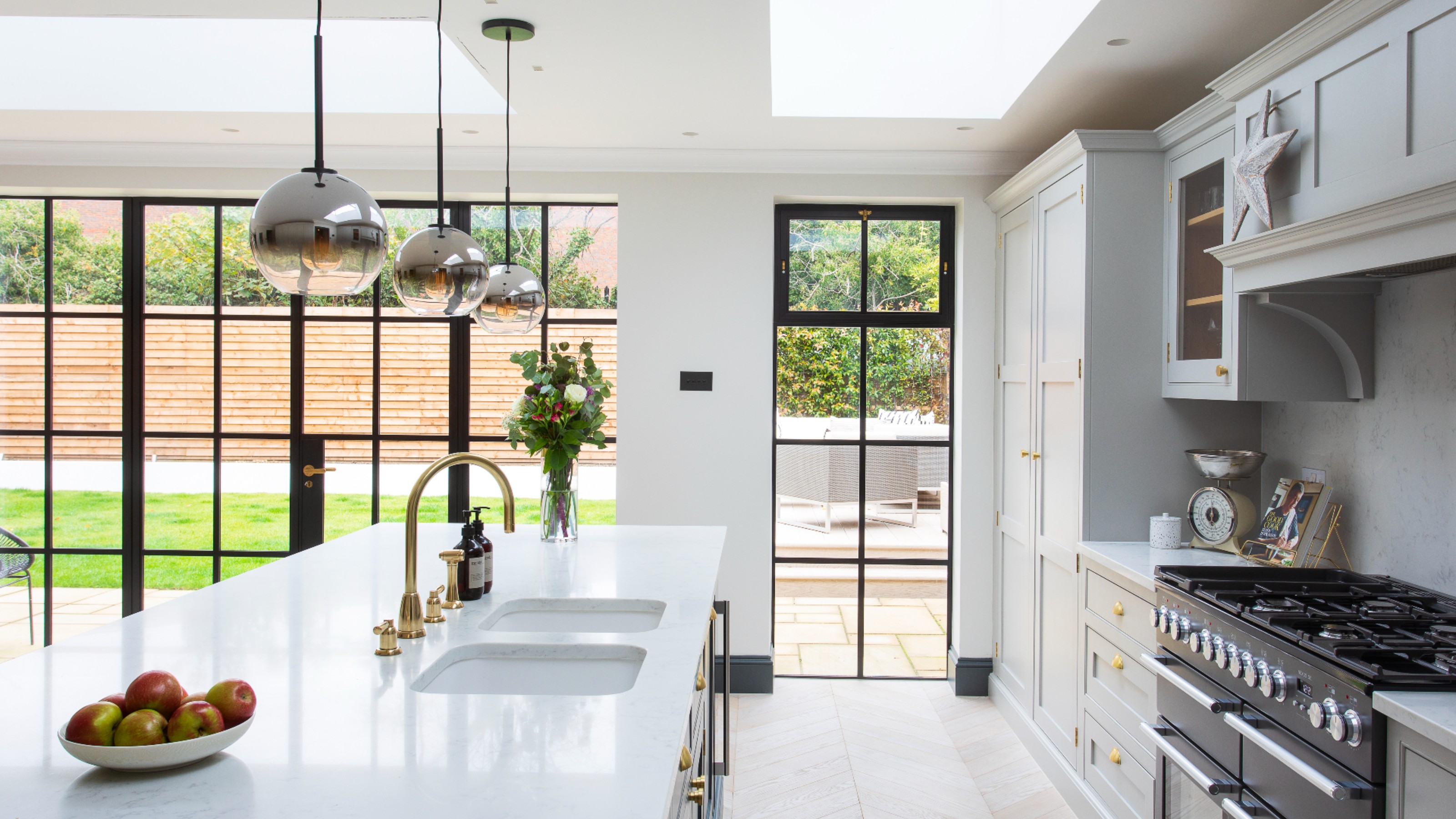

Experts are advising many to be more considerate of the impact of their kettle amongst the cost of living crisis, as your morning brew may actually be costing you more than you realise – especially if you live in a hard water area.
As water bills are set to see a record increase this April, more than ever have we seen people attempt to cut costs ahead of the rise. For many, ensuring you get your morning brew is essential to one's routine.
Considering how often you use your best kettle, you ought to be clued up on the factors that could be driving up your bills so you can better save energy at home.
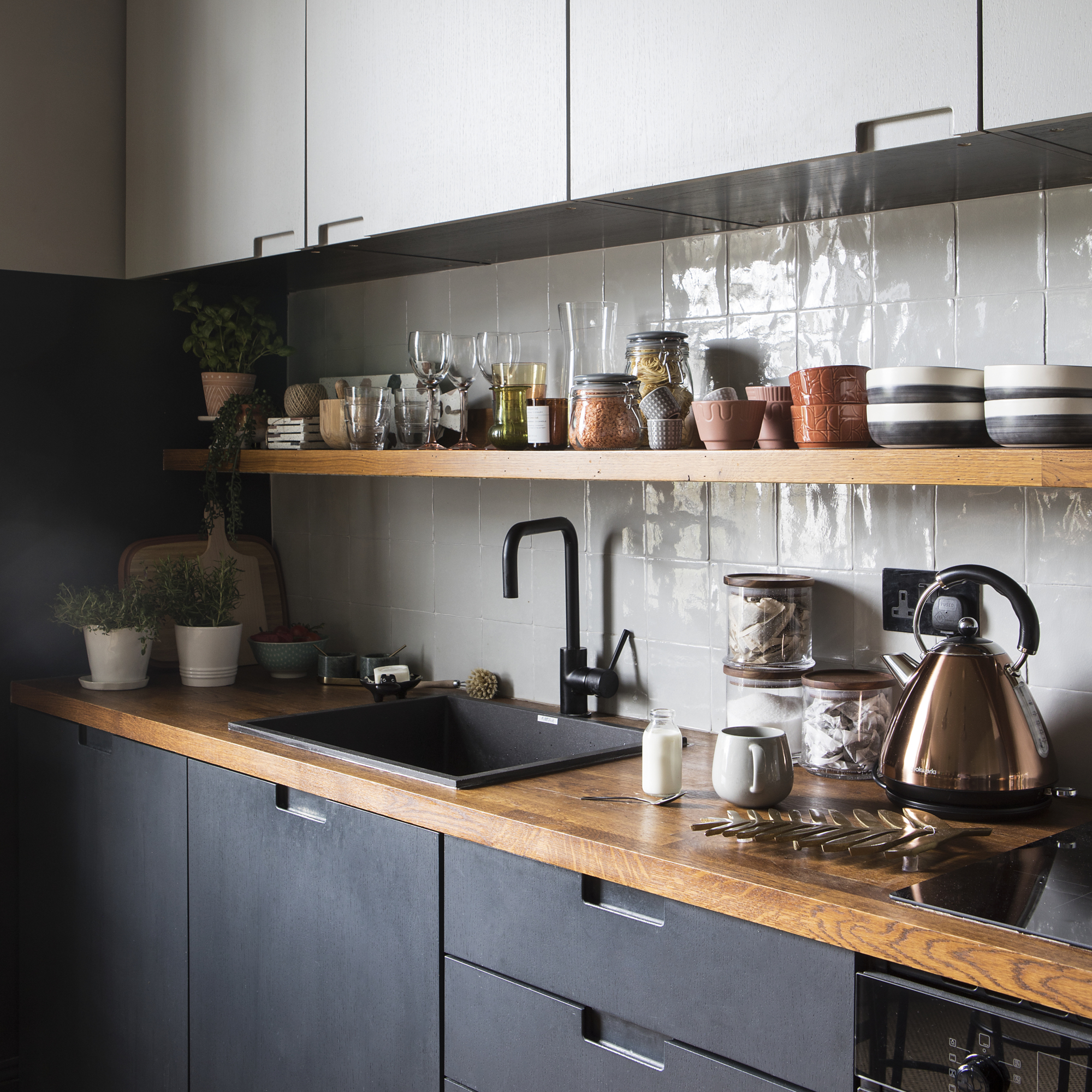
Hard water is one of the lesser-known reasons why your water bill is so high. Those living in the South and East of England are prone to having the hardest water, which is important to take into consideration.
Gene Fitzgerald, home water treatment expert at BOS explains that not only is hard water bad for your kettle, but it can be bad for your pocket too. This is because hard water 'contains high levels of minerals such as calcium and magnesium,' filling your kettle with residue.
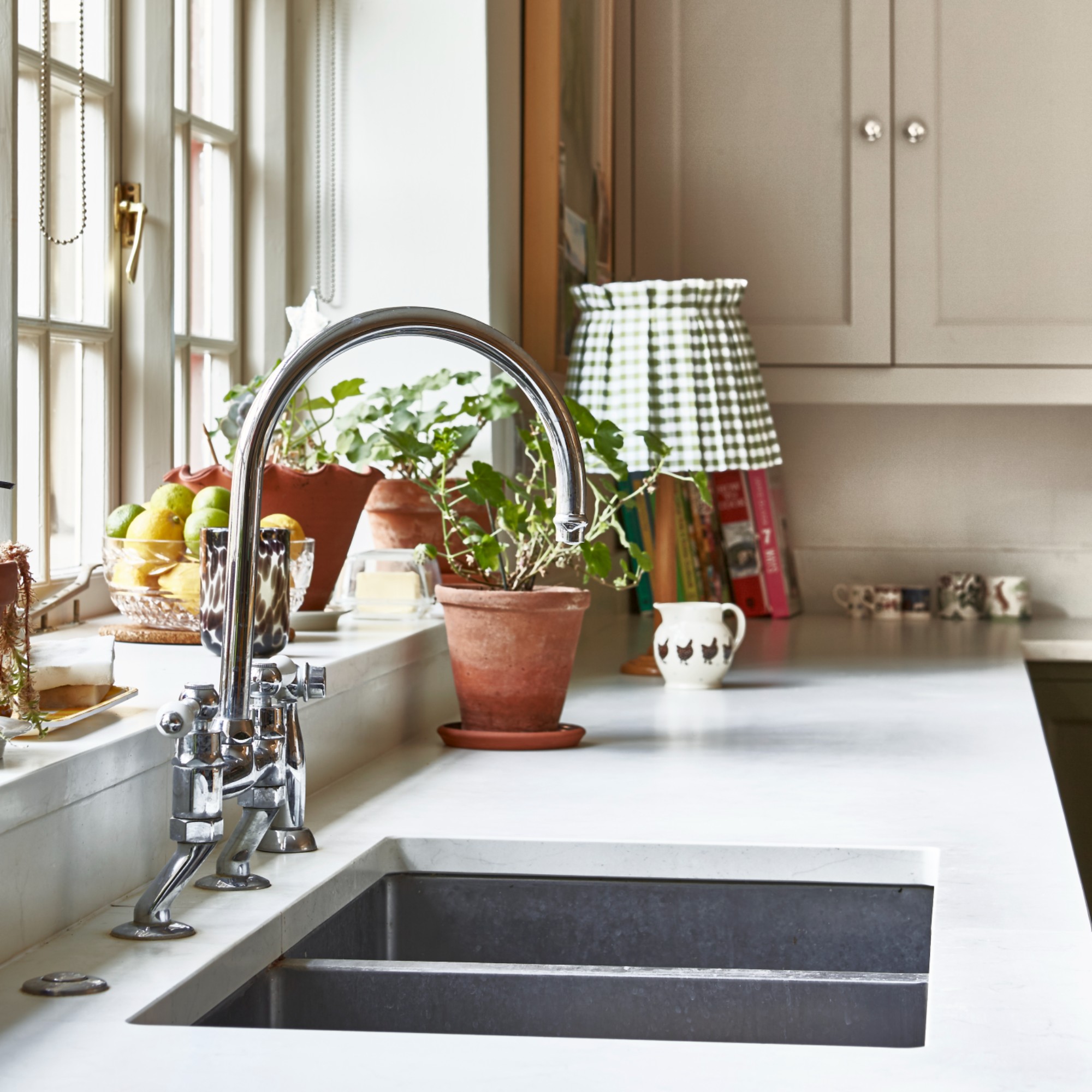
If you're not diligent with cleaning your kettle, Gene Fitzgerald wants that 'this residue builds up, decreases your kettle's performance, reducing heat transfer, inevitably leading to increased energy consumption.'
Increased energy consumption as a result of limescale build-up means increased utility bills, driving up the cost to boil a kettle, which we're sure nobody is a fan of.
Get the Ideal Home Newsletter
Sign up to our newsletter for style and decor inspiration, house makeovers, project advice and more.
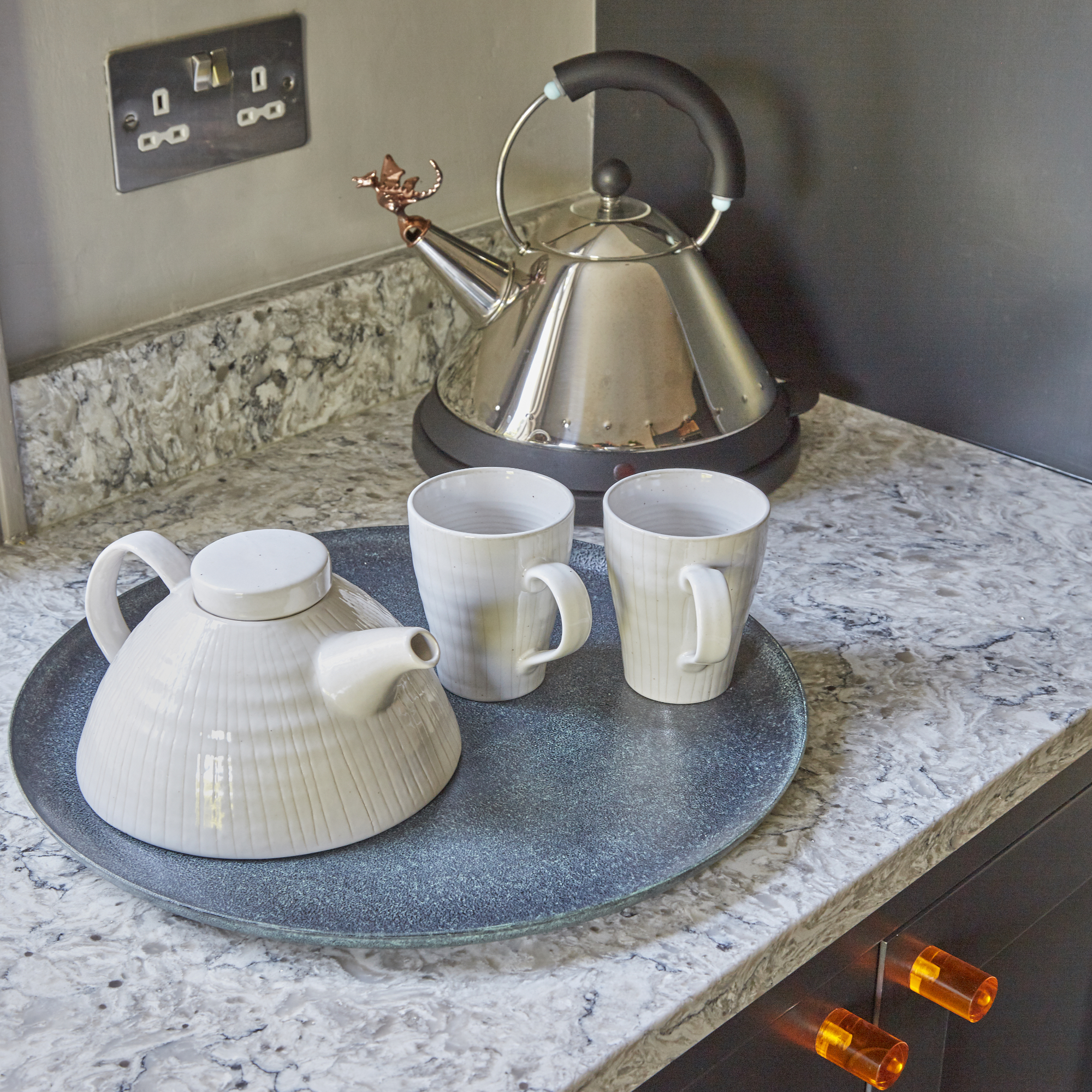
How to cut the cost of hard water
1. Refill your kettle with tap water for each use
Gene Fitzgerald at BOS advises refilling your kettle with tap water each time you boil it. This may appear costly and wasteful upon first impression, but letting water sit in your kettle for long periods encourages the build-up on limescale.
A money-saving tip we have is to only fill your kettle to the amount required. So, fill your mug with the perfect amount of water and then pour it into the kettle to boil. This means less water and energy are wasted.
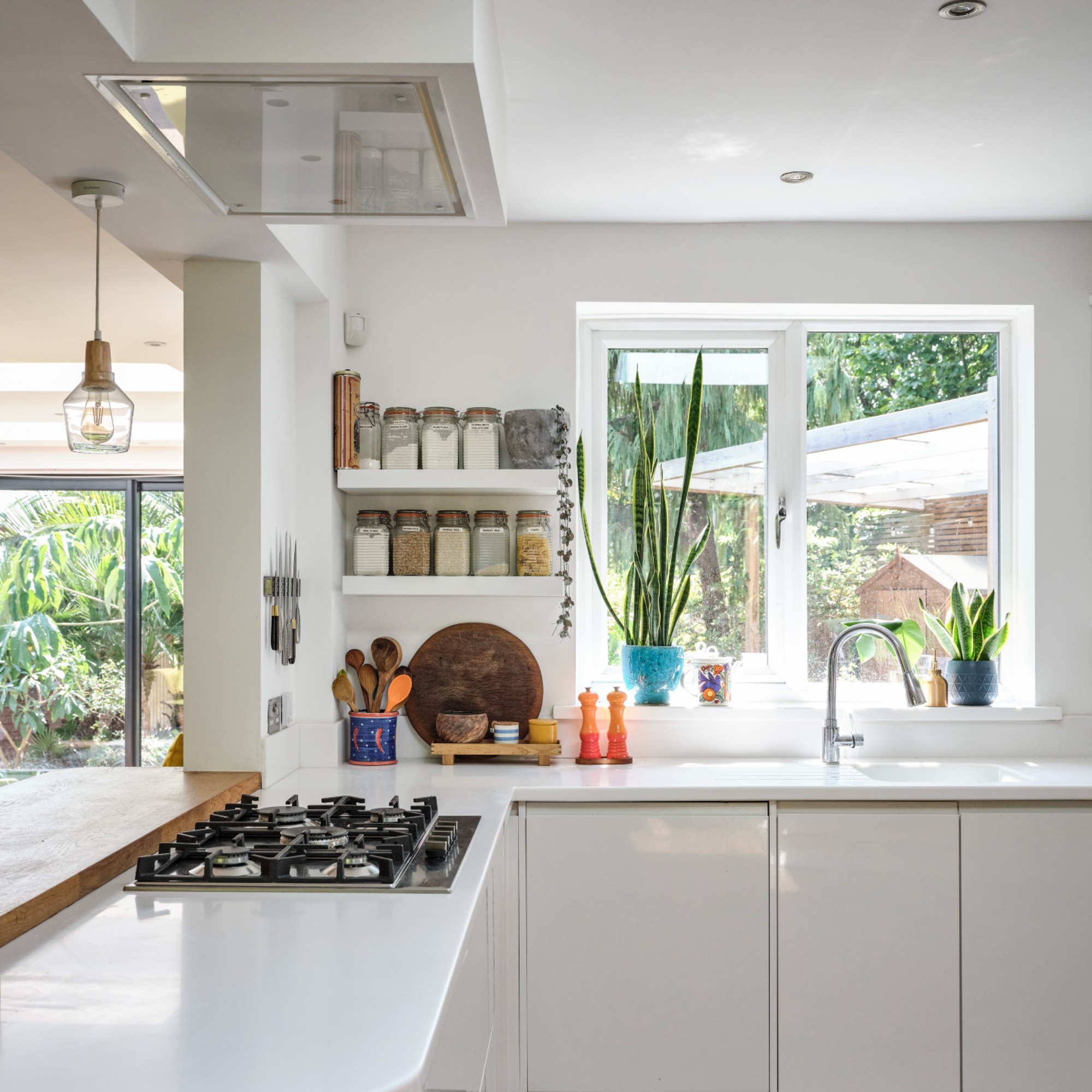
2. Regularly descale your kettle
Lydia Mallinson, content marketing manager at ZWILLING recommends this low-cost and eco-friendly solution for descaling a kettle.
'Use any mild acid such as white vinegar or lemon juice and water mixed together. Fill the kettle three-quarters full of either way and one lemon or equal parts water and vinegar. Let it soak for one hour.'
'Boil the kettle once for vinegar, three times for lemon. Allow to cool then rinse thoroughly several times. You can also use baking soda with the same method.
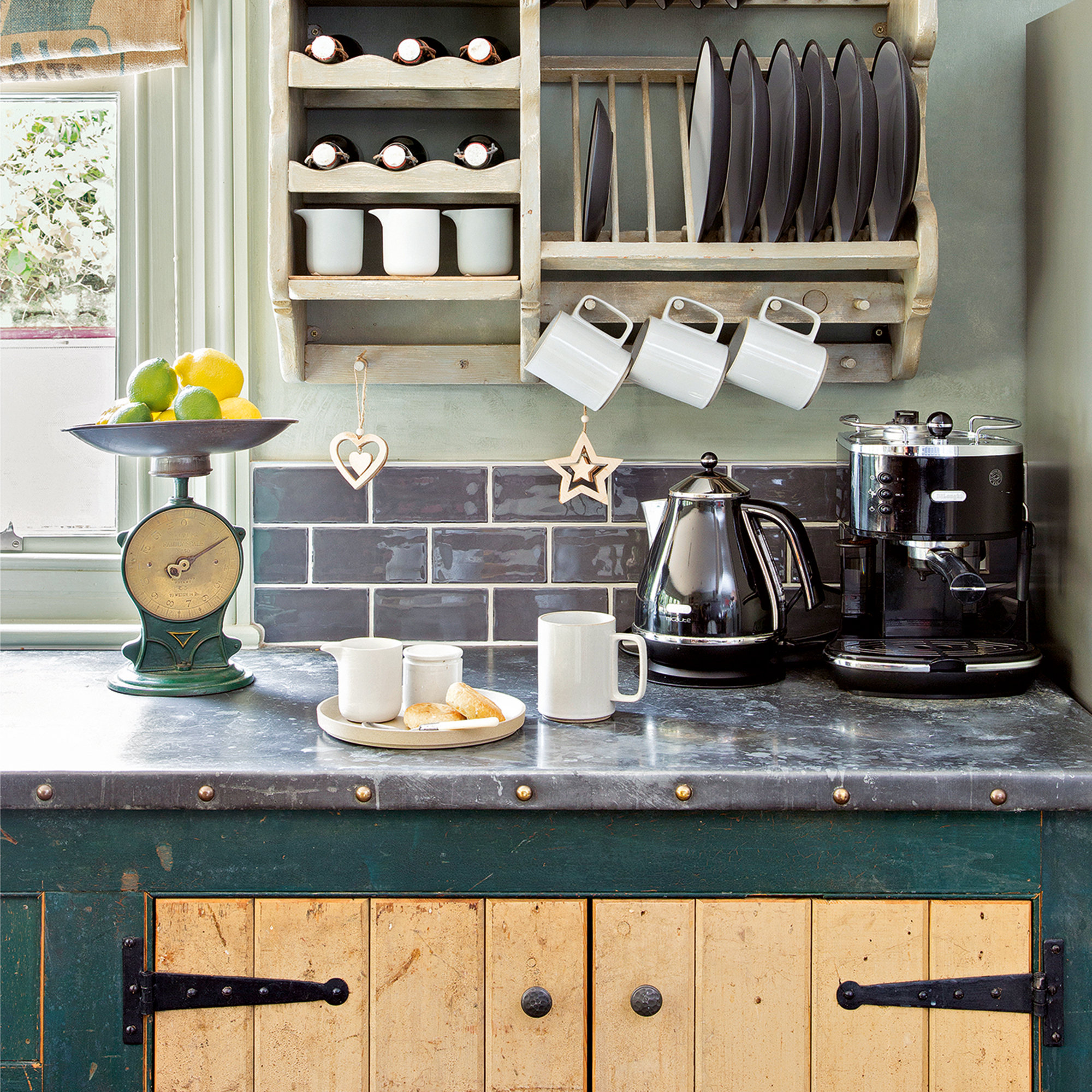
3. Try a water softener
Gene Fitzgerald at BOS suggests trying a water softener if hard water continues posing a problem for your kettle.
If you live in an area most affected by hard water, you might want to consider trying out one of these expert-led tips so you can save money on your cup of morning brew for the long haul.

Jullia was Ideal Home’s Junior Writer from 2022-2024 and the Ideal Home Certified Expert in Training on Vacuums having spent over 60 hours testing different models. She’s always loved all things homes and interiors, graduating with a bachelor’s degree in Architectural Studies from the University of Nottingham where her love for writing blossomed following her internship at ArchDaily. Now focused on home tech and cleaning, Jullia works on writing features and explainers to help people make the most of their home appliance investments, putting the newest launches through their paces. When she isn’t writing, she loves exploring the city, coffee shop hopping, and losing hours to a cosy game or book.
-
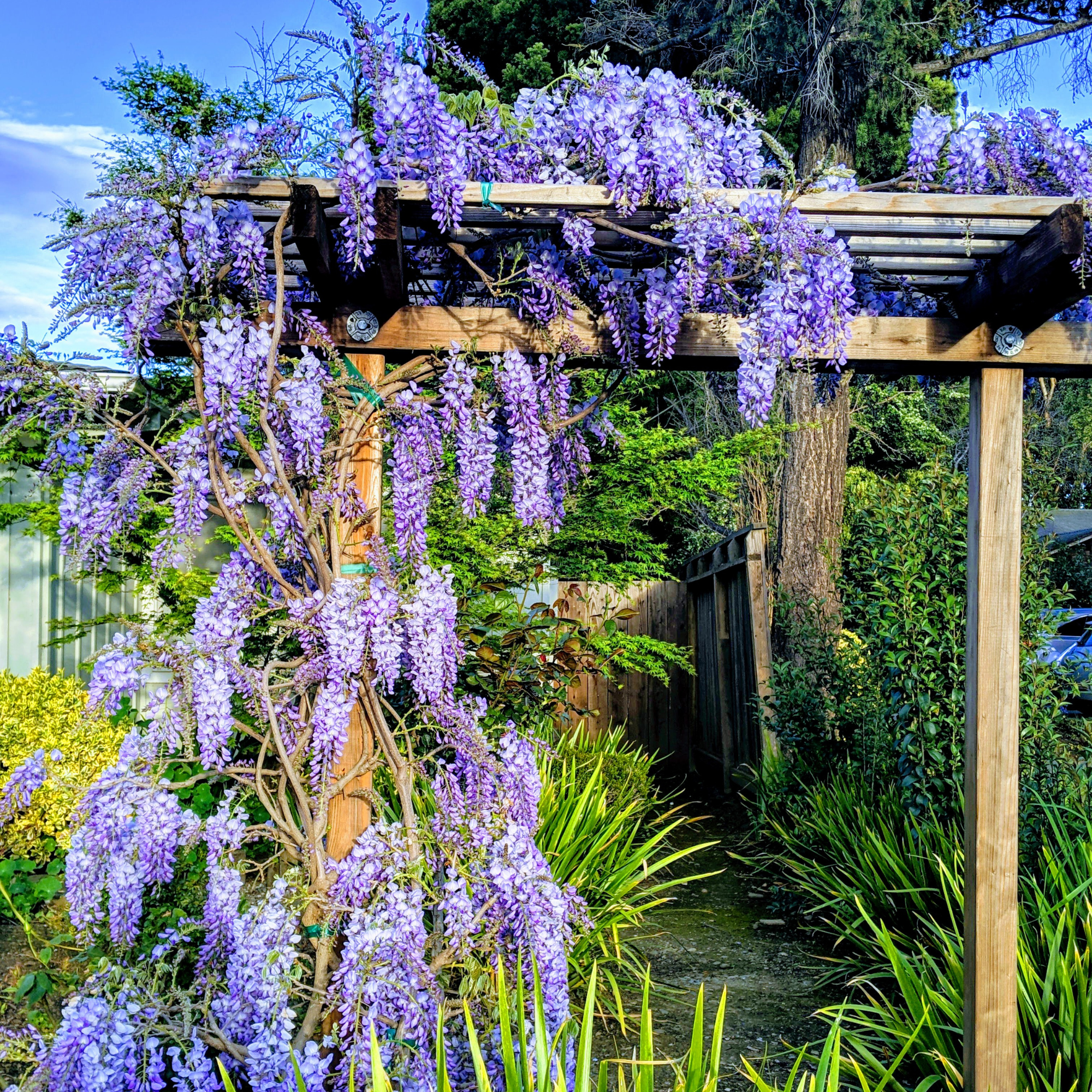 This is the best place to plant wisteria if you want beautiful romantic blooms, according to garden experts
This is the best place to plant wisteria if you want beautiful romantic blooms, according to garden expertsThis beautiful flower is on everyone's garden wishlist, and this is exactly where to plant it for best results
By Kezia Reynolds
-
 Zoe Ball's colourful kitchen island shows how easy it is to create a characterful cooking space - here's how she did it
Zoe Ball's colourful kitchen island shows how easy it is to create a characterful cooking space - here's how she did itBeing brave with colour will reap huge rewards
By Holly Cockburn
-
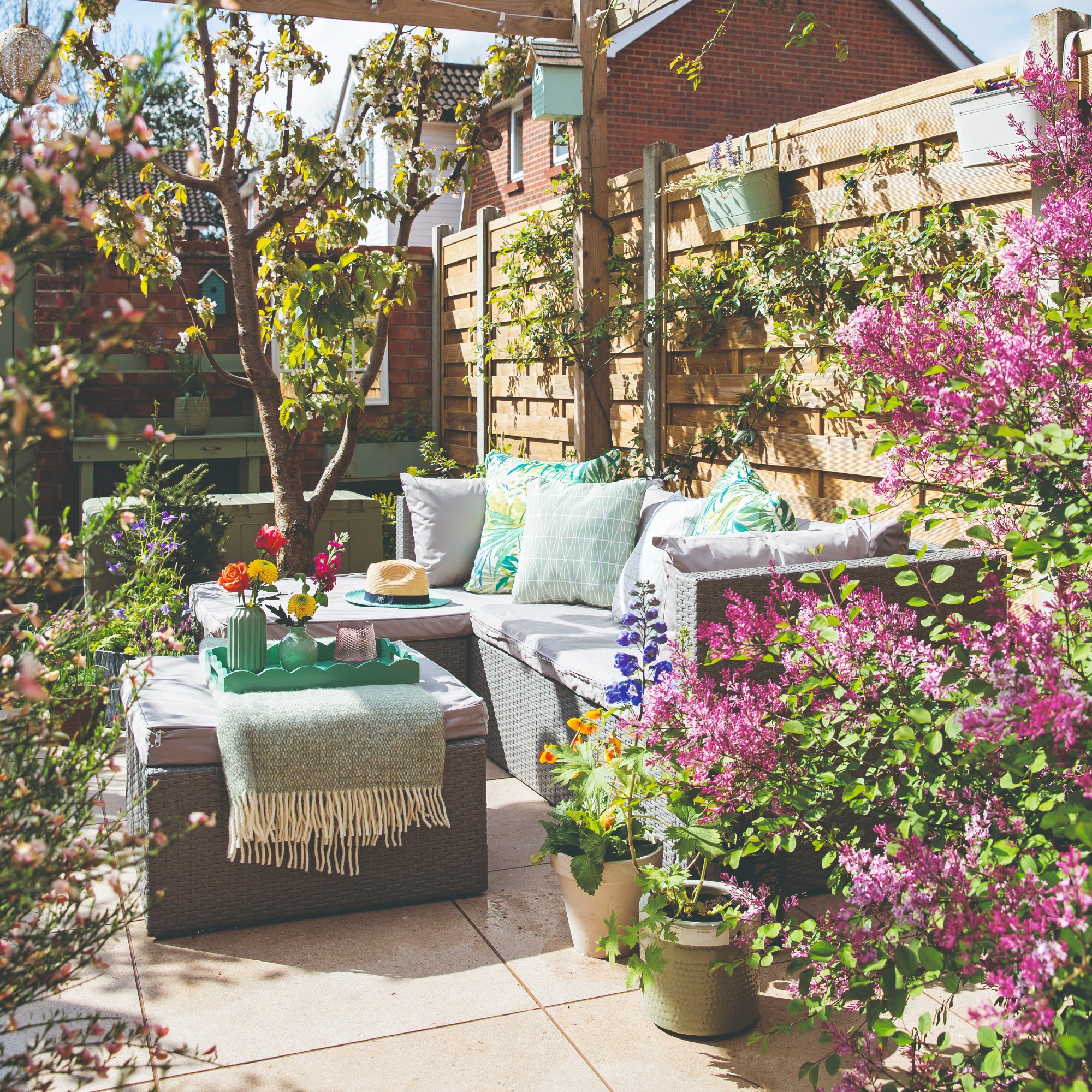 7 plants that will make your patio smell gorgeous - the top fragrant picks experts recommend potting up
7 plants that will make your patio smell gorgeous - the top fragrant picks experts recommend potting upFrom aromatic flowers to fragrant herbs
By Kayleigh Dray